The wheels have come off the endless growth via expanding debt machine.
Progressives and conservatives have long shared a single agenda: growth. Growth increases prosperity and wealth, and this makes for contented voters who will keep voting for incumbents.
This agenda makes three implicit assumptions:
1. Inflation is OK as long as the economy and household wealth expand at a rate that exceeds inflation
2. Increasing debt is OK as long as income and assets both grow faster than debt
3. Wealth/income inequality is OK as long as the wealth/income of the bottom 90% is expanding at the same rate as the top 10%
In other words, if most of the wealth generated by growth flows to the top 10% (who coincidentally fund 99% of political campaigns) that's OK, as long as enough "trickles down" to the lower 90% to boost their wealth/income by an equivalent percentage. (The top 10% actually own 83% of the wealth, and the top 1% own 43%)
It's important to understand the distinction being made here between relative and absolute wealth: if the top 10% own 90% of the wealth, then $90 of every $100 of new wealth flows to them. This is politically acceptable to the status quo as long as the wealth of the bottom 90% expands by the same percentage.
Should the bottom 90%'s share of the new wealth rise at a faster rate than the top 10%'s, that's actually preferable, as over time that shrinks wealth inequality while leaving the wealth already owned by the top 10% untouched.
In other words, the top 10% do not suffer any decline in wealth if they collect $80 of each $100 of new wealth rather than $90. This slight reduction in the rate of growth makes little difference to the top wealth holders but it has a much larger impact on the bottom 90% because they own so little wealth.
Every one of these implicit assumptions has been turned on its head: growth is barely above the rate of inflation; by some measures, it has already fallen below the real rate of inflation.
Debt is increasing much faster than income or wealth.
Virtually all of the recent expansion of wealth/income is flowing to the top 10%.
This is why the status quo is doomed: there is no Plan B or even conceptual alternative to the "more growth forever" agenda.
Here is a chart which shows household debt has outrun income for decades:
Debt can be expanded at a rate that exceeds the rise in real income in only one way: by lowering interest rates so the same income can support a larger debt.
This is of course the reason the Federal Reserve has lowered interest rates to near-zero with the ZIRP (zero-interest rate policy).
Eventually the buyers of newly issued debt at near-zero (or even negative) yields start to fear they will never get their capital back or they will be paid back in depreciated currency, and so they demand a higher yield. Since income has already been stretched to the limit to support a towering mountain of debt, this rise in yield catapults the borrower into insolvency.
The real financial situation is considerably bleaker than the conventional view maintains. Federal debt is only the tip of the iceberg: the killer liabilities are the unfunded liabilities for Medicare and Social Security which are estimated at $87 trillion--a number I suspect understates reality, but which is larger than all U.S. household wealth.
Assets have risen as a result of reflated bubbles in bonds, stocks and housing:
The Federal Reserve has created these bubbles by creating trillions of dollars out of thin air to buy Treasury bonds and mortgages to lower yields to near-zero, pushing investors into risk assets while injecting "free money" into the banking system:
Does this trajectory of Federal debt look sustainable?
Here is total credit market debt:
Here is GDP, the standard metric of growth:
The oft-touted fantasy is that "we're going to grow our way out of this," but it is abundantly clear that debt is rising far faster than growth or incomes. Financialization has widened the wealth inequality canyon to the point that the 95% on one side can no longer see the other side through the haze of propaganda and political fog.
Those relative few on the other bank can no longer see the 95%, either; and since the political and financial Elites are on this side, they are rapidly losing touch with the 95% and the real (i.e. unfinancialized) economy.
Meanwhile, back in the real world, fulltime jobs--the foundation of household income for the 95%--have stagnated, registering no real growth in 13 years ago while the the working age population has added millions of new entrants:
The wheels have come off the endless growth via expanding debt machine. Rising interest rates are the final blow to this agenda, and the political and financial classes have no Plan B. They are floundering, clueless, bereft of historical context, creativity and courage. Their failure of imagination is total, complete and catastrophic:
We Have No Other Choice (March 15, 2012)
Things are falling apart--that is obvious. But why are they falling apart? The reasons are complex and global. Our economy and society have structural problems that cannot be solved by adding debt to debt. We are becoming poorer, not just from financial over-reach, but from fundamental forces that are not easy to identify or understand. We will cover the five core reasons why things are falling apart:
 1. Debt and financialization
1. Debt and financialization
2. Crony capitalism and the elimination of accountability
3. Diminishing returns
4. Centralization
5. Technological, financial and demographic changes in our economyComplex systems weakened by diminishing returns collapse under their own weight and are replaced by systems that are simpler, faster and affordable. If we cling to the old ways, our system will disintegrate. If we want sustainable prosperity rather than collapse, we must embrace a new model that is Decentralized, Adaptive, Transparent and Accountable (DATA).
We are not powerless. Not accepting responsibility and being powerless are two sides of the same coin: once we accept responsibility, we become powerful.
Kindle edition: $9.95 print edition: $24 on Amazon.com
To receive a 20% discount on the print edition: $19.20 (retail $24), follow the link, open a Createspace account and enter discount code SJRGPLAB. (This is the only way I can offer a discount.)
| Thank you, Brian S. ($5/month), for your gloriously generous subscription to this site -- I am greatly honored by your support and readership. | | Thank you, Fred M. ($25), for your superbly generous contribution to this site -- I am greatly honored by your support and readership. |
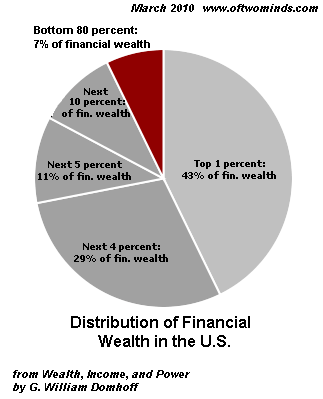
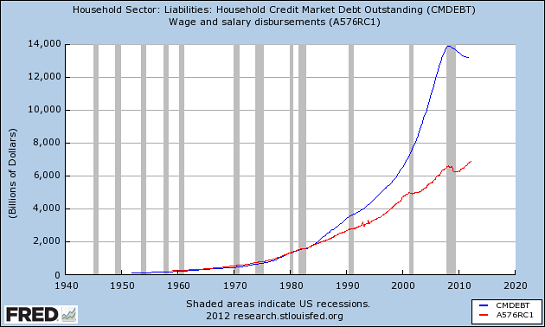
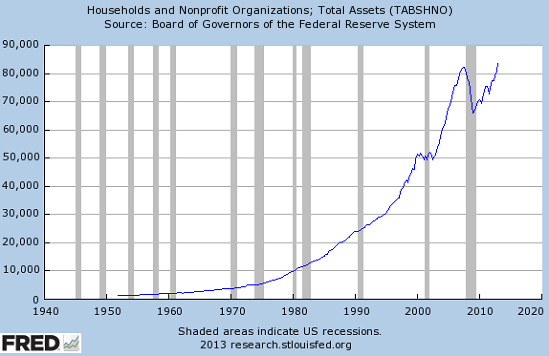
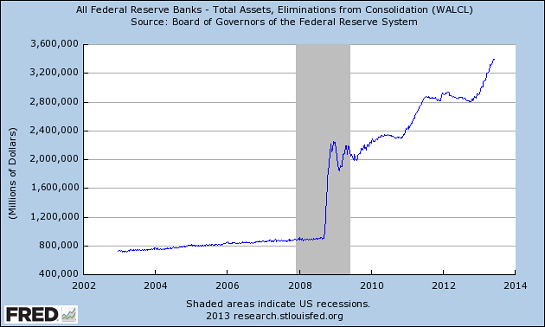
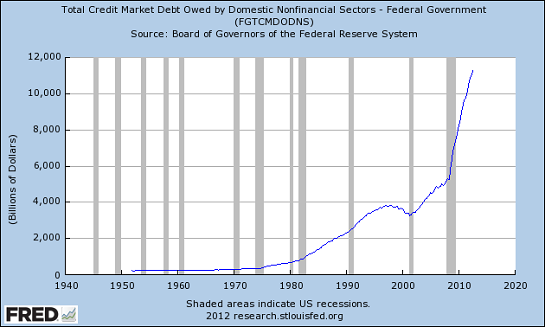
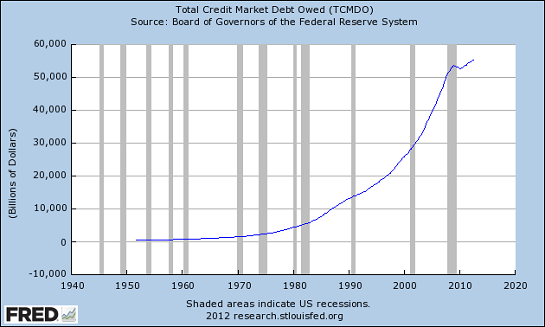
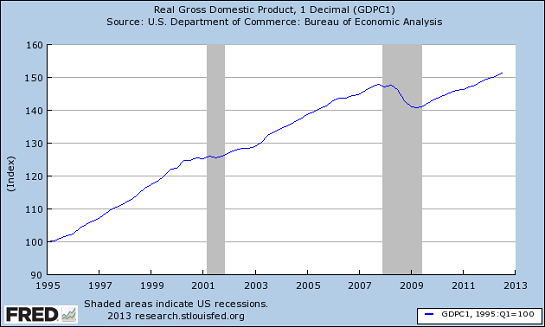
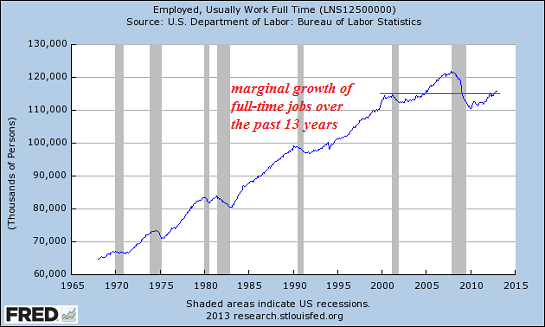
 1. Debt and financialization
1. Debt and financialization


























